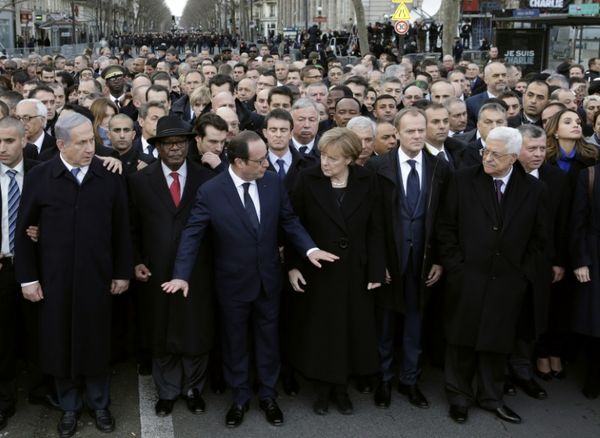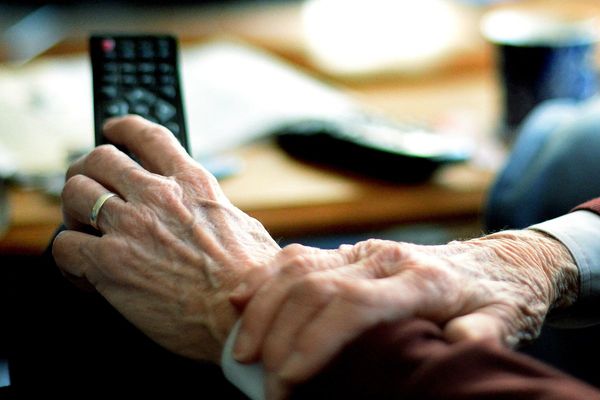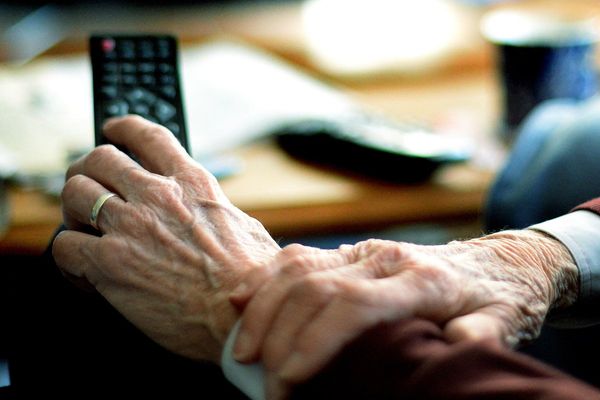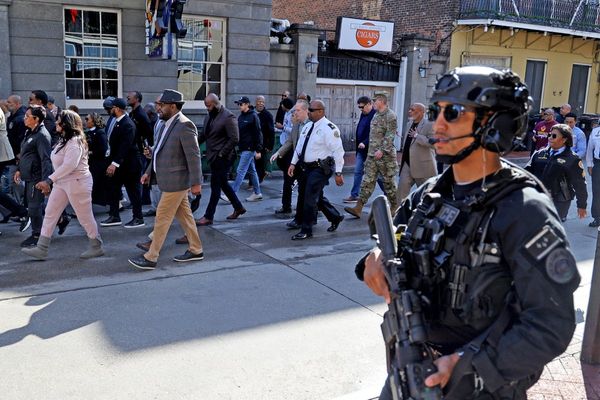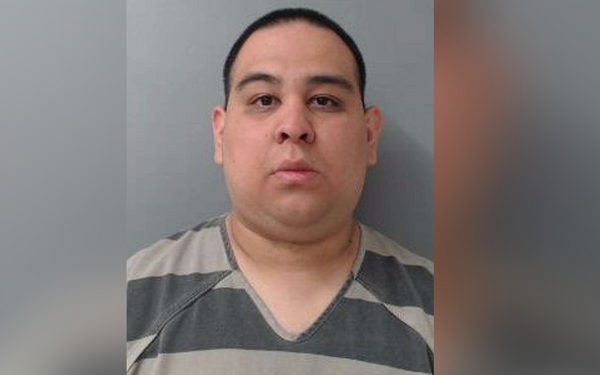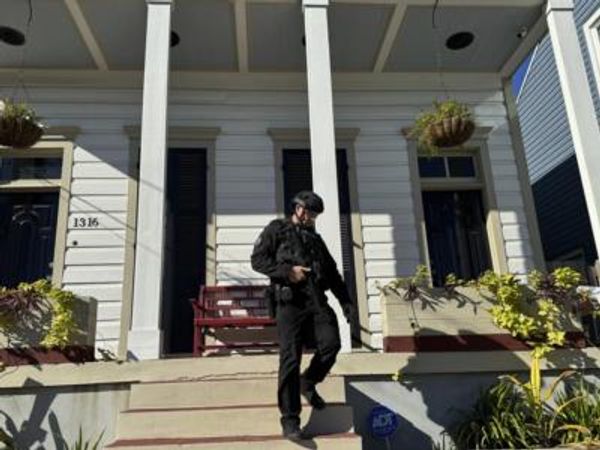Liverpool's history as one the British Empire's main trading ports and how the city's development is deeply rooted in transatlantic trade is well documented.
Liverpool has the oldest Black community in Europe with a history that goes back over 300 years and the city's International Slavery Museum chronicles the role of Liverpool as one of the main slave ports in the country.
The slave trade, the wealth it generated and those involved played an instrumental role in shaping the face of Liverpool as we know it today.
But what is less known is that a neighbouring borough also shares that same history.
While the borough as we know it today didn't exist back then, the area Knowsley now encompasses geographically did and there are historic links to slavery in the area which are now being brought to light.
Historically Lancashire in parts, in 1974 the borough of Knowsley was formed and became responsible for the districts of Cronton, Halewood, Huyton, Kirkby, Knowsley Village, Prescot, Tarbock, Whiston and the area of Cantril Farm, now Stockbridge Village
Earlier this month, Knowsley Councils announced research is underway into the borough's historic links to slavery which will see plaques installed on specific street names and areas of the borough.
Laurence Westgaph, who is currently studying for a PhD at University of Liverpool, is well known as one of Liverpool's leading experts in its history of slavery and in his research discovered a number of "revelatory" links to the borough.
Here, we take a look at part of Knowsley's history that goes back at least 300 years that has been discovered in some of Mr Westgaph's own research.
"This is all part of a history that is literally unknown"
Earlier this month, a memorial to a Liverpool resident called Abell acknowledging his final resting place was unveiled at Liverpool Parish Church, St. Nicholas church, in Liverpool city centre.
In 1717, the death of a Abell, who can be described as the city's first recorded Black resident, was listed in the records of Liverpool Parish Church, now better known as the Church of Our Lady and Saint Nicholas.
Abell was an African man who is believed to have been enslaved and brought to the city where he lived and died over 300 years ago and the record listing his death and burial was discovered by Liverpool historian Laurence Westgaph.
But in the neighbouring area of what we now know to be Knowsley, similar records of births, baptisms and burials are also present around that time.

Mr Westgaph said: "There’s lots and lots of connections between Knowsley and the slave trade and the black presence.
"It almost goes back as early as you find references in the Liverpool records. The plaque that we unveiled to Abell a few weeks ago, that was from 1717.
"You do see black people coming up in the parish records in churches in and around Knowsley. In 1721 we see the baptism of a black man.
"This is all part of a history that is literally unknown, but it's all there when you start doing the research."
Baptism records of a man named Cyprian is dated October 3, 1721 and took place at St Michael's Church, Huyton.
Mr Westgaph's research also shows the christening of both a father and son in the 18th century in Prescot.
Prescot Machalea was christened in Prescot on October 5, 1760 and is listed as being owned by a Capt. Gwyn, who also owned another black man named John Broughton, who was baptised at the same time.
A few years later, George Copple, the son of Catherine Copple and Prescot Machalea was born and christened June 12, 1776.
Mr Westgaph said: "George Copple, he was born and baptised in St Mary's as a child. It gives his mum and dad's names.
"Six years after his father is baptised in Prescot this child is born and his name is given as the supposed father because the mother and the father weren’t married.
"It just gives another interesting insight into how the place developed and the make-up, not only how the money from slavery helped to develop the place but the physical makeup of the people who were living there because of this involvement.
"It’s fascinating I think."

Mr Westgaph's research also shows a number of other named black servants and unknown residents baptised and buried in the area around a fifty year period.
Baptisms in Prescot include a Maricha in 1754, a William in 1768, George England Cato and Thomas Fazakerly in 1769 and an Ellen in 1775.
Noted burials in the town also reference Ranhill Harritt in 1751, a "black servant to Miss Roberts" in 1762, a "black slave to Mr Banner" in 1768 and "Richard a black stranger" in 1803.
"Handsome rewards" advertised to find local runaways
Mr Westgaph said it was not uncommon for people to move from their area to Liverpool for entrepreneurial opportunities, or for some to buy land or property in areas away from the city once they made their fortunes.
He said: "It's been quite revelatory because we think of Liverpool as this very cosmopolitan place and it has been for a long time, but we don't realise that that had repercussions for the areas surrounding Liverpool.
"A lot of these merchants who had links to Liverpool came from other places and Knowley was one of those places.
Find local news stories for your area
"Individuals who might not have had a connection to Knowsely once they made their money in Liverpool moved out there in order to take advantage of it being away from the busy centre of town."
Newspaper reports in the 1700s show a number of "runaways" who fled from their masters in Prescot.
On September 17, 1762, The Liverpool Advertiser printed: "Left his master at Buxton in Derbyshire, on Sunday the 5th of September: A black boy, short, about 16 years of age, known by the name of Prescot, the property of the Rev. Mr. Gwyn, of Prescot. He had on, when he went away, a dark coloured coat with a red cape, a blue waistcoat and blue breeches.
"Whoever secures or had seen anything of such a person is desired to acquaint the Rev. Mr. Gwyn, or Mr Hooley at the Legs of Man Inn in Prescot."

Similarly, another report in The Liverpool Advertiser found through Mr Westgaph's research shows another run away story from Prescot, published May 4, 1780.
It reads: "A black man slave, named George Germain Foney.
"Aged twenty years, about five feet seven, rather handsome; had on a green coat, red waistcoat and blue breeches, with a plain pair of silver shoe buckles; he speaks English very well."
The report says those who bring George back to his master, Captain Thomas Ralph, at the Talbot Inn, Liverpool or inform him of where he is shall be "handsomely rewarded."
Readers were also "cautioned" to not harbour him as he was not only a slave Captain Thomas Ralph, but also his apprentice.
"A lot of these merchants who became wealthy, they bought land out in the hinterland beyond Liverpool"
The ECHO previously reported on how the research of Professor Jane Longmore, now Vice-Chancellor of the University of Chicester, shed light on how families involved in the slave trade in the seventeenth and eighteenth centuries used their profits to build grand country houses and estates in Liverpool and its surrounding areas.
The research revealed that many parks and public spaces in Liverpool can trace their history back to the profits of the slave trade and that though many of the grand country houses have since been demolished, parts of the estates on which they once stood are now public parks.
This history is also relevant to areas within what we now know as the Knowsley borough.
Join our new Facebook group by clicking here to keep up to speed with local stories across Merseryside
Mr Westgaph said the fashion of people coming to see others homes is not a "new phenomenon" and that in the 18th century there was a lot of status associated with having a country house and its own grounds.
He said: "A lot of these merchants who became wealthy, they bought land out in the hinterland beyond Liverpool and these would be their fashionable country residences.
"Many of Liverpool’s most beautiful green spaces began their lives or at some point in their history were owned by Liverpool slave merchants and that was very much the case with some of the green spaces in Knowsley."
Mr Westgaph said John Williamson, a notable Liverpool slave trader and mayor of Liverpool built the new Roby Hall in 1761 on the estate of what is now Bowring Park in Roby.
According to previous reports in the ECHO, between 1750 and 1759, Williamson was involved it at least 16 slave voyages to west coast of Africa.
The house itself, which stood on what we now know as Knowley's oldest park, was demolished after the end of the Second World War.

Located down the road in Court Hey Park also stood the home of Robertson Gladstone, son of John Gladstone and brother of the future Prime Minister, William Ewart Gladstone.
Mr Westgaph said: "Robertson received over £21000 for the 393 slaves he had to free on his plantation in Demerara.
"He built the hall in 1836, around the time he would have received his compensation. The estate stayed in the Gladstone family until 1919 and the house was demolished in 1956.
"The twenty million pounds of compensation given to slave owners on the abolition of slavery in 1834 was the largest government bailout in British history up until the banking crash of 2008.
"The loan taken out by the treasury to pay the Gladstones and others in the 1830s was only finally paid off in 2015."

Mr Westgaph also said a lot of the merchants who made money in Liverpool had connections to the area prior to their involvement in slavery.
This includes banker Thomas Leyland who started out as a grocer in the area went on to become "one of the richest men in the country" and biggest bankers at the time. Leyland was mayor of Liverpool three times and also established his own bank, which later became part of HSBC.
Buried in Prescot, John Earle became mayor of Liverpool in 1709 and was founder of the Earle slaving dynasty and George Case, who was born and buried in Prescot also became mayor of Liverpool 1781 and was prominent slave trader.
Portrait of both former mayors hang in Liverpool Town Hall.
Research into Knowsley's historic links to slavery
Knowsley Council recently confirmed that it is progressing well with plans to recognise and mark the borough’s historical links to slavery, which can be noted in a number of street names and other locations.
Research and details of the specific street names and areas of the borough involved have not yet been confirmed by the council, but they will be keeping the community aware of this work as it develops and will share details "in due course."
Cllr Shelley Powell, Cabinet Member for Communities & Neighbourhoods said: "Knowsley Council has already made a commitment to acknowledge and explain Knowsley’s historic links to slavery, following research into street names in particular.
"We recognise that this needs to be done in a thorough, sensitive and appropriate way.
"This exercise is not merely about installing plaques but engaging with our communities, historians and others, so that we can explain this history and its meaning accurately and widen the understanding of our history and raise further awareness of just how crucial equality is in Knowsley, both now and into the future.
Join our Huyton news and community Facebook group here.
"We will be working closely with members of the community – particularly BAME representatives - on this project.
"We are already underway with our own research and using own archives and will work with other historians, to ensure we develop an accurate historical context.
"We will be keeping the community aware of this important work as it develops and will share details of the specific street names and areas of the borough in due course."
